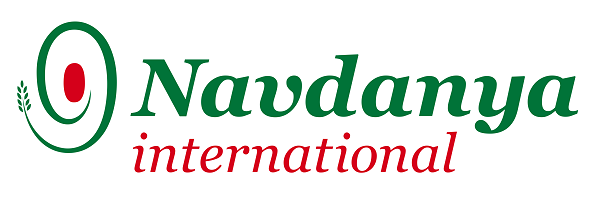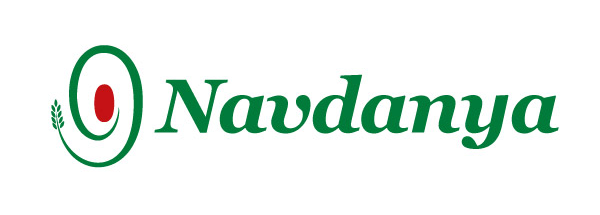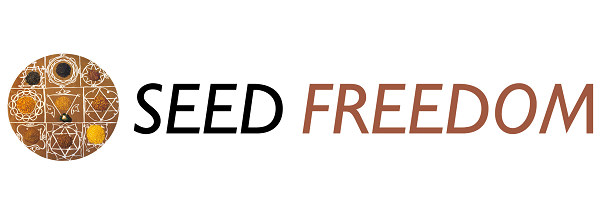The agrochemical industry has recently once again used its invasive tactics and put its lobbyists at work in order to shut down those scientific findings which do not serve their interests. Even IARC (International Agency for Research on cancer) – the World Health Organization’s source for information about cancer – has revealed itself not immune from being attacked. As lawyer William Bourdon said at the Monsanto Tribunal: “Monsanto has been using a triple strategy – concealing information, falsifying information and persecute all those who disseminate contrasting information. Violating peoples’ right to obtain information is a crime upon which we need to act as to not lose the occasion to improve the current situation.” (Watch the video of Bourdon’s testimony at the Monsanto Tribunal below).
As Carey Gillam recently reported: “Industry swagger is on full display in Washington where Monsanto and its friends at CropLife America are driving efforts to cut off U.S. funding for the World Health Organization’s International Agency for Research on Cancer (IARC) after IARC scientists declared glyphosate a probable human carcinogen in March 2015. The industry is also demanding that the Environmental Protection Agency fully repudiate the IARC classification and green-light continued use of glyphosate herbicides, which spell billions of dollars in sales annually to Monsanto and the agrichemical brethren”.
Additionally, from the point of view of IARC researchers: “ It’s all a bit overwhelming for the members of the IARC working group, who are not accustomed to assaults on their expertise. After all, these scientists that assembled for the glyphosate review were among the elite, routinely seen as independent experts, pulled from top institutions around the world.”
The scenario is what we are unfortunately used to: “The industry message to EPA is loud and clear: Independent research and international scientific findings should not take precedence over protection of a multi-billion-dollar agent like glyphosate.”
(Source: “IARC Scientists Defend Glyphosate Cancer Link; Surprised by Industry Assault”, by Carey Gillam, The Huffington Post, 31 October 2016. Read more: http://www.huffingtonpost.com/carey-gillam/iarc-scientists-defend-gl_b_12720306.html)
This is just the most recent episode of the aggressive campaign that was carried out on all fronts since IARC findings were made public.
In a recent article, Jennifer Sass, lecturer at George Washington University’s department of environmental and occupational health, writes: “Ever since early 2015 when the World Health Organization’s cancer assessment experts at the International Agency for Research on Cancer (IARC) determined that glyphosate “probably” caused cancer in humans, the agrochemical industry’s Pro-Cancer Lobby has been on the offensive. For example:
- California EPA is being sued by Monsanto for referencing IARC’s cancer classification as the basis for listing glyphosate on California’s list of carcinogens;
- Individual scientists in the US that served on the IARC panel are now being pressured through legal subpoenas to turn over their meeting notes to Monsanto;
- US Congress Republicans have challenged the funding for IARC that comes from the US National Institutes of Health (NIH).
Almost 100 scientists from 25 countries have written to support the IARC evaluation.
It is in this politically-charged atmosphere that the US Environmental Protection Agency (EPA) is now reviewing its registration approval of glyphosate, including an evaluation of its potential cancer risks. Unfortunately for public health, EPA’s draft assessment concluded that glyphosate is “not likely to be carcinogenic in humans” (see EPA report on glyphosate and cancer Document ID# EPA-HQ-OPP-2016-0385-0094).”
(Source: “Too Profitable to Fail? Roundup Ready Glyphosate and Cancer”, by Jennifer Sass, NRDC, 7 November 2016 – Read more: https://www.nrdc.org/experts/jennifer-sass/too-profitable-fail-roundup-ready-glyphosate-and-cancer).
The ongoing issues of big corporations attacking science and scientists, interfering with freedom of information , lobbying local, national and federal governments to push their agenda was widely debated during the People’s Assembly and witnesses and lawyers were heard during the Monsanto Tribunal in The Hague last October.
Lawyer William Bourdon_English from Monsanto Tribunal on Vimeo.
As lawyer William Bourdon said at the Monsanto Tribunal:“The violation of the right to information and the right to free research is something really bad because you would expect that if such a right is violated by some sort of gangsters or dictators, but based on article five of the international principles on economic, business and human rights I would say the following and I suggest you write this in your deliberations: Monsanto has been using a triple strategy – concealing information, falsifying information and persecute all those who disseminate contrasting information. In this way, Monsanto continues to violate rights everywhere across the world: there must be no international monopoly for products that are extremely harmful to people. Violating peoples’ right to obtain information is a crime upon which we need to act as to not lose the occasion to improve the current situation.”
During the panel “Attack on Science and Scientists” at the People’s Assembly, Claire Robinson, academic researcher and editor at GM Watch, referred to the PR smear campaign against Seralini study and said: “What is Monsanto’s role in attacking science and scientists who throw doubt on the safety of Monsanto’s products? The Seralini study was attacked by groups associated with Monsanto; this included a PR firm called V-fluence which is run by Monsanto’s former Chief of Communications, Jay Byrne. This organization, together with another which claims to be based on science and is called AGBioWorld actually conducted a smear campaign against Seralini and his fellow researchers. Some of this smear campaign consisted in having what we call ‘third-party’ academics and third party scientists speaking against the study. This is a known PR technique, and it consists of putting the messages of the corporation into the mouths of supposedly independent scientists and experts because the public trusts those people: it doesn’t trust Monsanto but it will trust a ‘friendly’ scientist. This is how it works and this is what they did in the case of the Seralini study. They put these messages into the mouths of scientists and experts, and also in articles appearing in magazines like Forbes; these were all to smear the study and to discredit the researchers.”
Furthermore, during the panel “Attack on Democracy and Laws that protect the planet and our food freedom”, Nina Holland, from Corporate Europe Observatory, sent a warning about the lobbying tactics being applied by corporations at the EU Parliament and annex institutions level: “It is from this play on words, from the capacity to manipulate language and the essential European principles, from propaganda tactics used to promote free-trade treaties, that we need to protect ourselves: the principle of precaution does not harm a country’s innovation; on the contrary, it promotes the safety of innovation and the freedom of its citizens.”
The right to information, the right of independent scientists to perform their research and share their finding with no fear of being either attacked or defamed are at the base of democracy and strictly linked to people’s rights to safe food and a safe environment.
Watch Seralini’s Message to the Monsanto Tribunal and People’s Assembly: “Monsanto and allies, they all came on us and defamed us everywhere in the world, because they have friends in all health agencies throughout the world”.
Read about the persecution to Damian Verzeñassi, a key witness of the Monsanto Tribunal of The Hague: “They closed the entrance to the office – where all the information on the campaigns are stored – with chains and locks”.








Pingback: Video – Monsanto Tribunal and People’s Assembly